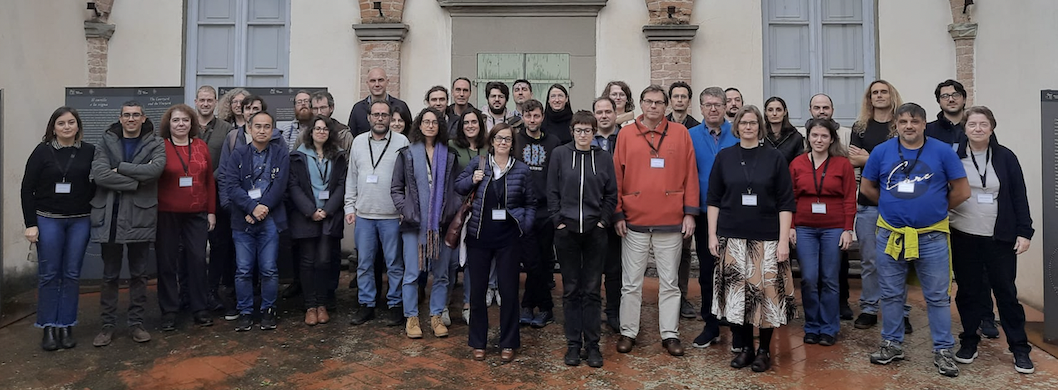Speaker
Description
Understanding the factors that influence the survival of open clusters within the Milky Way is a complex endeavor. This study delves into the role of key parameters such as mass, density, size, and the galactic environment, including the Galactic bar, spiral structures, and molecular clouds. Particular attention is given to how open clusters and field stars respond differently to perturbations, with a special focus on the longevity of the oldest clusters. Our analysis compares kinematic properties between two Gaia DR3 datasets: ~40 open clusters and a vast sample of field stars. These datasets share quality criteria, thin disc membership, a similar metallicity range and locations. Employing a statistical approach, we explore the behavior of their kinematic properties. Our findings indicate that younger clusters (< 2-3 Gyr) exhibit greater resilience to perturbations, following quasi-circular orbits. In contrast, the surviving older clusters (> 3 Gyr) display more eccentric and inclined orbits.

